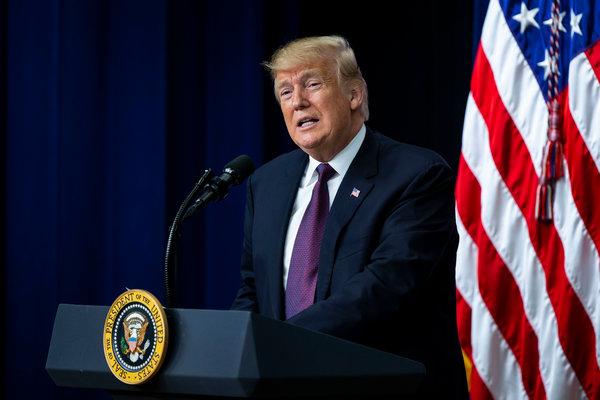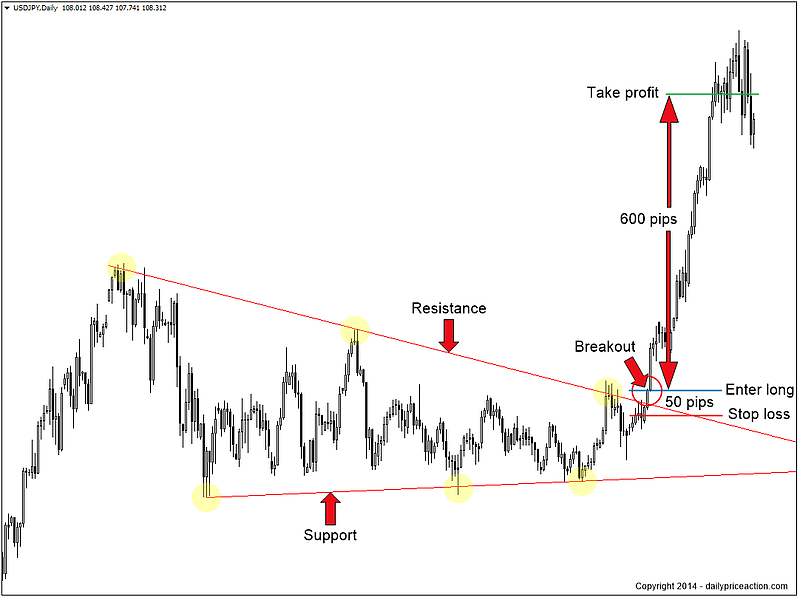CUSMA: Trump Declares It A Win-Win, While Maintaining Termination Threat

Table of Contents
CUSMA's Key Provisions and Claimed Benefits for the US
Trump's administration highlighted several key areas where CUSMA supposedly improved upon its predecessor, NAFTA. These claimed benefits were central to his "win-win" narrative. Let's examine them critically:
-
Increased Dairy Access to Canada: The agreement aimed to significantly increase US dairy exports to Canada. While some gains were achieved, the actual impact fell short of initial expectations, leading to ongoing disputes and criticisms from the US dairy industry. The Canadian government implemented measures to mitigate the impact on domestic producers, creating friction.
-
Revised Automotive Rules of Origin: CUSMA imposed stricter rules of origin for automobiles, requiring a higher percentage of North American content to qualify for tariff-free trade. This was intended to boost domestic manufacturing in the US. However, the effectiveness of these rules in achieving this goal is debatable, with some arguing they simply shifted production to other regions.
-
Enhanced Dispute Resolution Mechanisms: CUSMA introduced updated mechanisms for resolving trade disputes between the three countries. While intended to be more efficient and transparent, their effectiveness remains to be fully assessed. The complexities of international trade law mean that resolving disputes still takes time and resources.
Analysis: While CUSMA undeniably made changes to NAFTA, assessing the overall economic impact on the US is complex. Some sectors benefited, others faced challenges, and data on the net positive or negative effect remains contested. The effects of CUSMA are still unfolding, and longer-term economic analysis is needed for a definitive assessment.
Trump's "Win-Win" Rhetoric and its Context
Trump's repeated assertion of a "win-win" outcome for CUSMA served multiple purposes. It was a powerful political tool:
-
Domestic Political Messaging: The renegotiation and ratification of CUSMA played into Trump's broader "America First" trade policy. Presenting it as a victory allowed him to showcase his negotiation skills and fulfill a key campaign promise.
-
Trade Policy Goals: The "win-win" narrative aligned with Trump's goal of renegotiating trade agreements he perceived as unfavorable to the US. The emphasis on improved conditions for American businesses and workers resonated with his base.
-
Examples of Trump's statements: "This is a great deal for the United States, a great deal for Mexico, and a great deal for Canada. It's a win-win-win," he often declared. However, this sentiment was seldom backed up by concrete evidence in a manner that satisfied all parties.
Ultimately, the "win-win" framing was a potent political narrative, but its accuracy remains debatable.
The Persistent Threat of CUSMA Termination
Despite proclaiming CUSMA a victory, Trump repeatedly threatened to withdraw from the agreement. These threats stemmed from various factors:
-
Negotiating Leverage: The threat of withdrawal was used as a tool to pressure Canada and Mexico on other trade issues.
-
Domestic Political Pressure: At times, threats of termination were a response to domestic political pressure from specific industries dissatisfied with aspects of the agreement.
Potential Consequences of Termination: A CUSMA termination would have been highly disruptive:
- United States: Significant economic disruption across various sectors, impacting jobs and supply chains.
- Canada: Severe negative impacts on the Canadian economy, particularly on its automotive and agricultural sectors.
- Mexico: Disruption of supply chains and potential damage to its export-oriented economy.
The international repercussions would also be substantial, potentially damaging the stability of North American trade relations and creating uncertainty for global markets.
Long-Term Implications and Future of CUSMA
CUSMA’s long-term impacts are still being evaluated. However, several points merit consideration:
-
Impact on North American Trade: The agreement has undoubtedly reshaped North American trade relationships, though the extent and nature of these changes continue to evolve.
-
Potential Amendments/Renegotiations: Given the dynamic nature of international trade, future amendments or renegotiations are likely.
-
The Biden Administration's Approach: The Biden administration has largely maintained CUSMA, focusing on addressing certain issues and deepening integration.
The ongoing challenges and opportunities presented by the agreement necessitate continuous monitoring and adaptation.
Conclusion:
CUSMA represents a significant shift in North American trade relations, marked by both significant changes from NAFTA and persistent uncertainty. Trump's simultaneous claims of a "win-win" and repeated threats of termination highlighted the complex political and economic realities surrounding the agreement. Understanding these complexities is crucial for navigating the future of North American trade. Further research into the specific provisions and their impact is encouraged to gain a comprehensive understanding of this landmark agreement. Continue learning about the ongoing effects and potential future of CUSMA to stay informed about this vital trade agreement.

Featured Posts
-
 Dojs Google Antitrust Action Impact On User Trust And Search Results
May 08, 2025
Dojs Google Antitrust Action Impact On User Trust And Search Results
May 08, 2025 -
 Bitcoin Soars Trumps Crypto Expert Issues Surprise Prediction
May 08, 2025
Bitcoin Soars Trumps Crypto Expert Issues Surprise Prediction
May 08, 2025 -
 Recent Ethereum Price Action Resilience And Breakout Potential
May 08, 2025
Recent Ethereum Price Action Resilience And Breakout Potential
May 08, 2025 -
 Denver Nuggets Jokic And Key Players Sit Following Double Overtime Game
May 08, 2025
Denver Nuggets Jokic And Key Players Sit Following Double Overtime Game
May 08, 2025 -
 Trump And Xrp Investigating The Relationship Behind The Recent Price Rise
May 08, 2025
Trump And Xrp Investigating The Relationship Behind The Recent Price Rise
May 08, 2025
